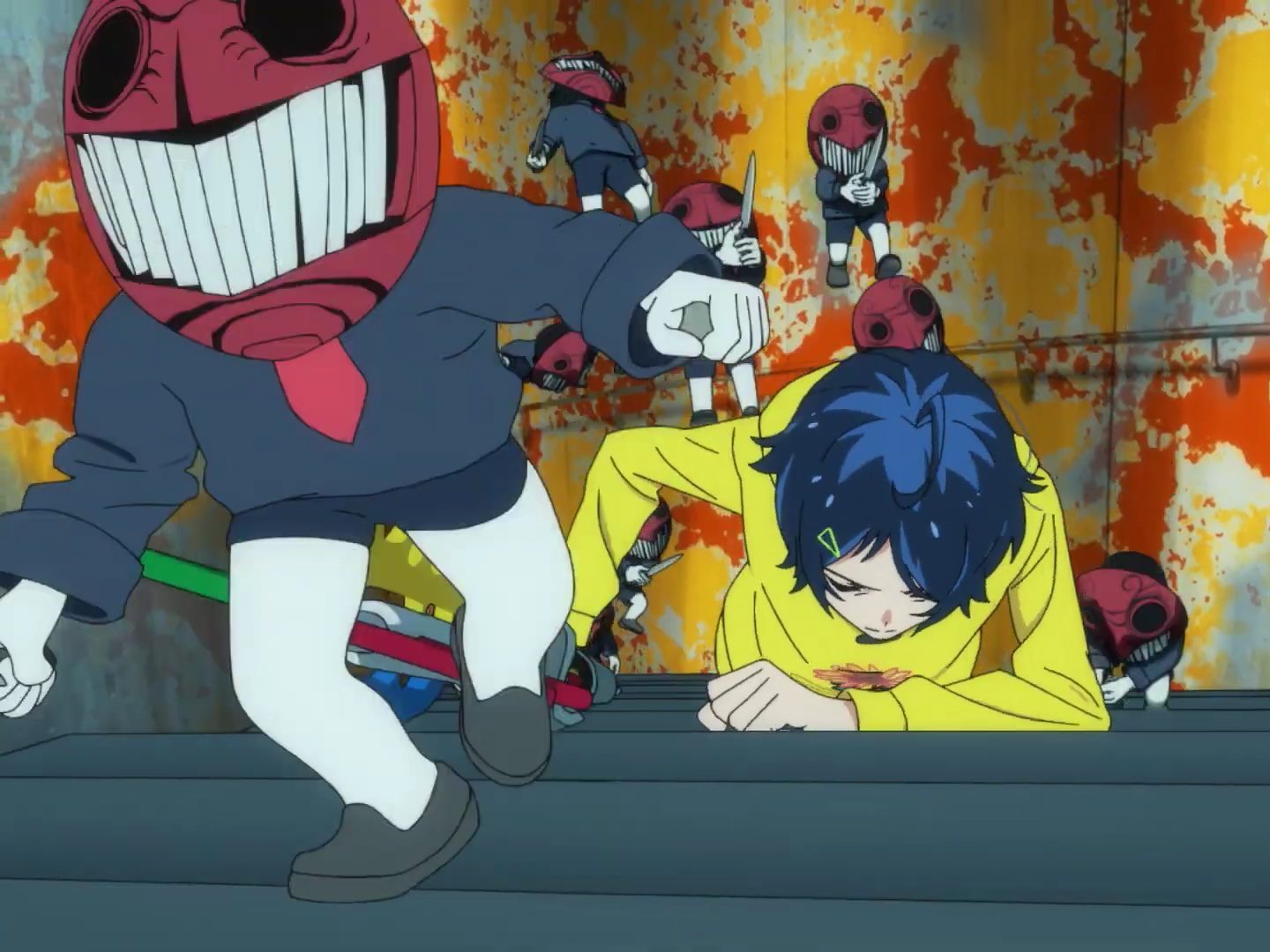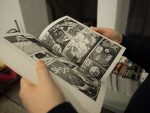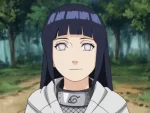“Wonder Egg Priority” is an anime that follows Ai Ohto, a 14-year-old girl who becomes a recluse following the suicide of her only friend, Koito. Dreading a life with no purpose, she decides to follow the instructions of a mysterious entity and gets roped into purchasing an egg, or more specifically, a Wonder Egg. Things begin to change as Ai enters a nightmarish dream world where she must break the egg and save the people who are hatched from it from Seeno Evils, Haters and Wonder Killers — manifestations of the Wonder Egg people’s trauma. Ai believes that by saving them, she is moving one step closer to saving her best friend and finding the truth behind her death.
As Ai undertakes these missions, she meets and befriends three other girls who are doing the same thing, but for their own specific reasons. There’s Neiru, an isolated child of wealth who doesn’t communicate well with her emotions; Rika Kawai, a former young idol who hides her pain through humor; and Momoe, a calm and confident girl who faces a lot of stigma for her androgynous appearance. These four girls buy Wonder Eggs from a magic gashapon machine each week and go on missions to save the Egg people in their own dreamworlds. As these four girls befriend each other, they eventually become a support group that comforts one another and learns to be strong again.
https://www.youtube.com/watch?v=Jtb8P5aRwlg
It’s important to be aware that this show comes with a large number of trigger and content warnings, such as self-harm, body shaming, survivor’s guilt and suicide, which are the most prominent themes of the story. Viewers who are sensitive to these topics should not watch this anime.
The dreamworld is where the girls must recognize the relationship between other people’s demons and their own. Wonder Killers take the form of the person that was the ultimate cause of the Wonder Egg people’s demise, and this is usually someone who tormented them while they were alive. The Wonder Egg people’s trauma is somehow connected to the unresolved trauma of one of the four girls. By killing these monsters, the person hatched from the Wonder Egg is released, and the girls are one step closer to achieving their goals. Without even realizing, the girls are also healing and saving themselves from their own inner demons in the real world.
The approach to these painful topics instantly sets “Wonder Egg Priority” apart from other shows. It is known to be a mash-up of psychological horror and coming-of-age drama, but it also foregrounds the ugliness of reality. “Wonder Egg Priority” is not vaguely “about trauma” like some shows claim to be, and actually traces specific issues back to the origin as well as the impulses that amplify them. The show is direct when introducing these sensitive issues, avoids exploitation even when the imagery is explicit and does a good job at balancing its contrasting material, linking charming comedy and tough social commentary. Through the combination of violent combat and traumatic backstory, viewers can see the evolving character developments throughout the show.
Of course, not everything is dark and heavy. Underneath the distorted visuals, the vibrant backgrounds and all the egg-based metaphors lies a powerful message about the importance of friendship and empathy. The show stays grounded in Ai and her newfound friends, offering hope that things will turn out okay in the end. The humor and lightheartedness the show has to offer comes from the interactions between the main characters in their relaxed moments.
“Wonder Egg Priority” is extremely charming in its portrayal of its character dynamics and how well the girls mesh with each other. Rika’s persistent need to provoke her friends, Ai’s friendliness and idealism, Neiru’s straightforwardness and Momoe’s calmness bring out the best combination of a friend group. Their revolt against abusive adults and complicit peers are all a part of the journey, and as each girl breaks out of their shell and confronts their isolation thanks to their newfound support system, they each find something more empowering than any of their otherworldly abilities. The girls find the ability to fight for their beliefs and the ability to trust again.
The show’s approach to the aesthetic and narrative traditions of the magical girl subgenre is what mesmerizes viewers. The main characters aren’t superheroes in magical uniforms. They are real girls who are just trying to find a way to live in the harsh world. Their appearance and self-presentation tell a lot about their wants, their personalities and insecurities. Seeing four regular adolescent girls fighting twisted monsters in their everyday clothes in a dream world is what gives the show lots of flavor.
The fantastic elements of the dream world and the concept of Wonder Eggs don’t romanticize any of the issues that are brought up either. The monsters are a reminder of all the dangers a young person might face and never recover from. Many people can resonate with some of the pain the Egg people or the main characters go through. Despite having two different worlds, the problems are handled in a respectful manner in the show. The colorful art style combines well with the dark theme as it brings out the distinct differences between fantasy and the real world.
“Wonder Egg Priority” shows that getting support and choosing to live life fully is always preferable, but doesn’t condemn those who think or do the opposite. Healing is never an easy process. It can be messy, painful and it doesn’t always look linear, but it’s definitely worth it.















